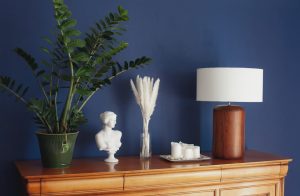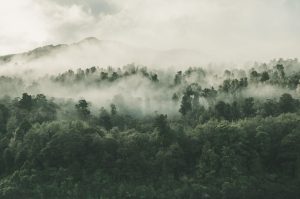Introduction
Led Zeppelin, one of the greatest rock bands of all time, is beloved by fans for their legendary music and unforgettable performances. However, one aspect of their concerts that often goes unnoticed is the innovative use of lighting, which added a whole other dimension to their shows. In this article, we will delve into the world of Led Zeppelin Light and explore the mesmerizing effect it had on audiences.
The Birth of Led Zeppelin Light
The use of light shows in concerts was not a new concept in the 1960s and 70s, but Led Zeppelin took it to a whole other level. From the inception of the band, guitarist Jimmy Page had a fascination with the occult and mystical symbolism, which he incorporated into the band’s live performances. This fascination translated into the creation of the iconic “Zoso” emblem, and later, the development of their unique lighting effects.
However, it wasn’t until 1975 that the band truly revolutionized the use of light in their shows. For their North American tour, they introduced their “Whole Lotta Love” medley, which featured an extended section of improvisation that allowed for unprecedented experimentation with the lighting. This led to the creation of the “Light and Shade” concept, which fused together elements of drama, symbolism, and cinematography into a cohesive visual experience.
The Light and Shade Concept
The “Light and Shade” concept was an integral part of Led Zeppelin’s live shows from 1975 on. It was a visual journey through light and darkness, with the lighting serving as a canvas for the band’s music. The use of color, shadow, silhouettes, and projections created a dynamic narrative that complemented the music and enhanced the emotional impact of the songs.
One example of this is during the performance of “Kashmir.” The lighting featured a combination of warm reds and oranges that shifted to blue and purple hues. The use of silhouettes and shrouded lighting added to the mystique of the song, elevating it to a transcendent experience.
The Role of Lighting Designers
Led Zeppelin’s lighting effects were not the result of the band’s own experimentation. It was a collaborative effort with the lighting designers who worked closely with the band to bring their visions to life. Peter Grant, the band’s manager, had a keen eye for talent, and he handpicked the best lighting designers in the business.
One of the most notable designers was Joe Davis, who was responsible for the legendary laser light pyramid during the band’s performance of “In the Evening” on the 1979 Knebworth Festival. His work on that show helped to solidify Led Zeppelin’s status as pioneers of concert lighting design.
Legacy of Led Zeppelin Light
The impact of Led Zeppelin Light has been far-reaching and continues to inspire future generations of lighting designers. Their innovative use of lighting effects helped elevate concerts to an art form, and it fundamentally changed the way music is experienced live.
The “Light and Shade” concept would later be adopted by other bands such as Pink Floyd, Rush, and Metallica, further cementing Led Zeppelin’s influence on the world of concert lighting design. The band’s performances captured the hearts and minds of audiences around the world, and their use of lighting played a significant role in creating an unforgettable experience.
Conclusion
In conclusion, Led Zeppelin Light was an integral part of the band’s live performances and helped to push the boundaries of what was possible in concert lighting design. Their innovative use of light and symbolism created a breathtaking visual experience that complemented their music and elevated their shows to a transcendent level. The legacy of Led Zeppelin Light is still felt to this day and serves as a testament to the band’s lasting influence on the world of music and concert artistry.




More Stories
Enhance Your Space with Hemispherical Split Travertine Wall Light
The Elegance of Spiral Staircase Chandeliers: A Perfect Blend of Form and Function
The Elegance of Sconce Hallways: Illuminating Your Passages with Style